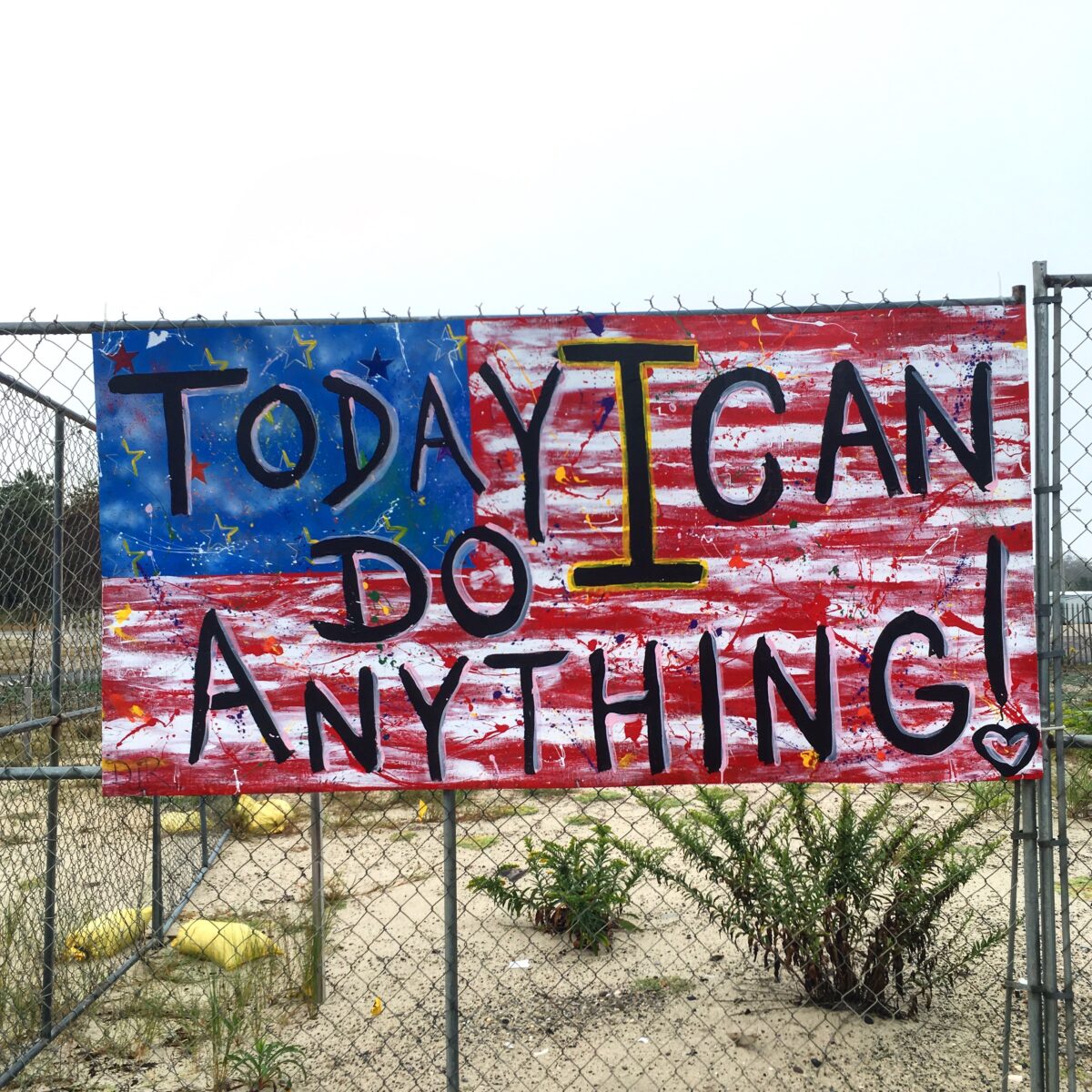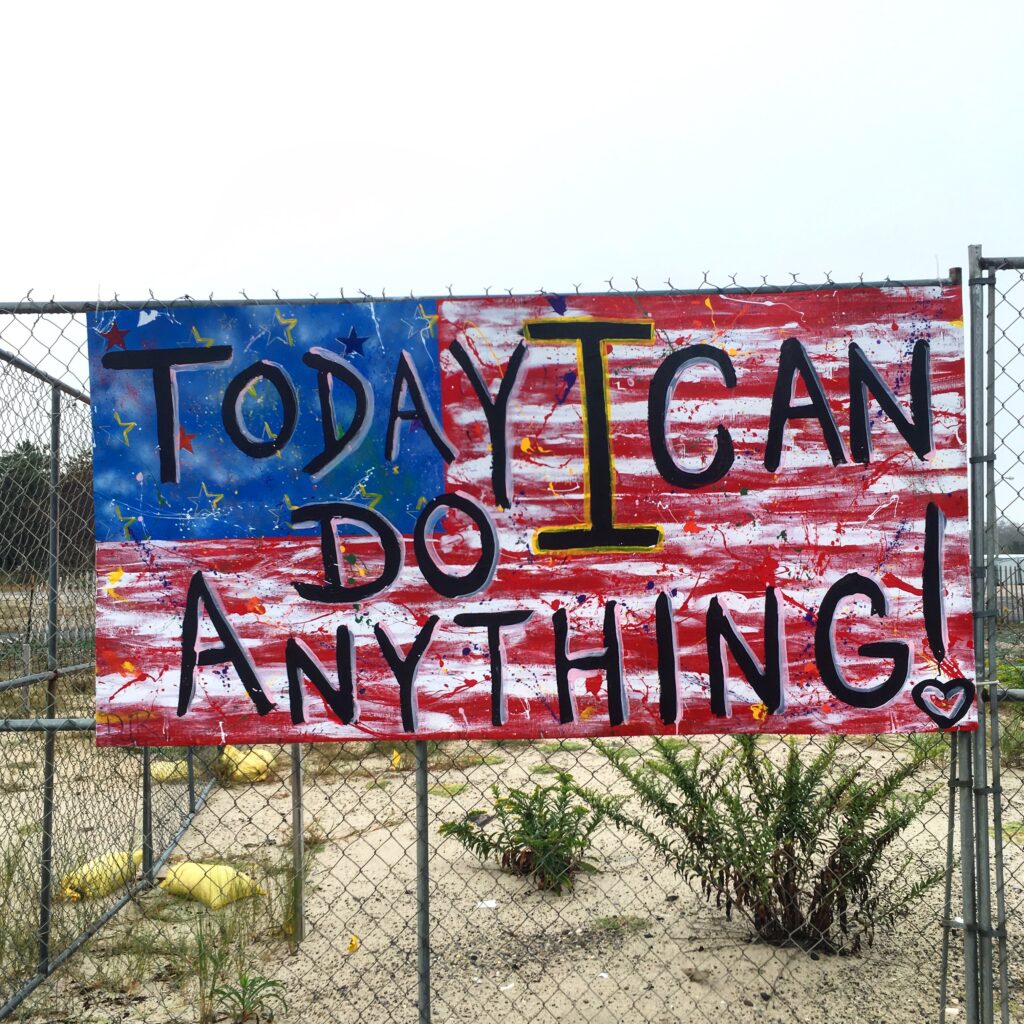

As communities and organizations deal with an unprecedented crisis in the form of this Corona pandemic, there are certain approaches which can set these organizations – and their leaders – apart.
What follows are some highlights of a “leader’s playbook” to be considered and implemented in times of crisis. This can be applied to a variety of situations and in many different types of organizations. (My attempt to apply this methodology to camping is also published on LinkedIn.)
1. Where is the opportunity?
The first rule in the “crisis playbook” is…don’t miss an opportunity to take advantage of a crisis.
The primary questions you should be asking are:
- What are the most pressing needs in your community right now? In the near future?
- Where are there gaps?
- What do you have to offer that can make a difference?
- What opportunities might there be for you to enhance your value to your constituents and impact?
While all of these questions are important, the ability to take advantage of opportunities that can present during a crisis is often the driver for whether organizations emerge from this period stronger or…diminished. Thinking strategically about how to pivot and be responsive in a crisis is a hallmark of successful leadership in these times.
2. Keep your eyes on the prize.
In the current situation, it makes sense to take a fresh look at your value proposition.
- What is your core mission and purpose?
- Why is what you do relevant or urgent right now, especially in comparison to other urgent issues or needs in the community?
- Which of your activities or programs are mission critical? Which aren’t?
A crisis is a time to focus – and strong organizations and leaders will be able to clearly articulate answers to these questions. (If you are struggling to answer some of these questions, then a) perhaps you should be wary about fundraising at this time, and b) you need to reexamine how you are relevant.)
You should start by looking with a critical eye at what you need to do to be successful…both in terms of program and operations. The next step is to prioritize what is most essential and to deprioritize those activities that aren’t critical. Successful leaders will push this process of “making choices” forward, and to be sure that other leadership and important constituents are on the same page. There probably shouldn’t be too many things on your priority list, and your organization’s activities and people need to be aligned with these priorities.
3. Embrace change.
Increasingly, in today’s world, the one constant is change. Effective leadership in these times means recognizing when – and how – business as usual won’t work going forward.
After any immediate response to the current situation, and prioritizing what is essential and what isn’t, the next important step is to explore how an organization’s mission should be achieved in a new or different context – from new approaches to service delivery or staffing models long-term, to how to rethink and rebuild the organization differently for the future. The key is to think out-of-the-box while keeping your eyes on the prize.
4. Get ahead of the curve.
As you are taking a fresh look at what is truly mission-critical, it is often important to make some key calls early on – especially if you are concerned about expenses or cash flow, but also in terms of psychology. We see this even now in the current crisis; people are less willing to make tough calls or sacrifices the longer this goes on. That is why it is important to come up with a gameplan early on for how to respond to a crisis and take advantage of opportunities. Some questions to address:
- What are going to be the long-term repercussions from this crisis?
- What impediments and obstacles are there to fulfilling your current mission, and will those resolve soon or can they be overcome?
- What programs or activities may be less essential, now and/or long-term? What should you be doing less of, divest, or discontinue?
- How does this impact organizational structure, staff functions, and staff positions?
- How can/should leadership and governance for an organization best be structured to be effective and responsive?
- At the same time, what may be new or alternative ways to advance your mission? And what additional investments might be needed?
The sooner an organization can reframe its work and positioning, in light of its mission, the more likely it will be able to enhance constituents’ loyalty and appreciation.
This also highlights a key role for funders, to help encourage these approaches and provide enough incentive or “risk capital” to catalyze some of these uncomfortable questions and potentially difficult changes.
5. Communicate and highlight your brand and value proposition.
Those organizations that will survive – and thrive – through a crisis will be those that strengthen their relationships during these challenging times…both with current constituents and with prospective constituents or customers.
How can you highlight your organization’s value proposition, through email communications and especially through targeted efforts on social media? The phone, old-school though it may be, is a great way to speak with key constituents and donors…and check-in calls can be a great way to deploy underutilized staff from home. Once you have fine-tuned your organization’s efforts and relevance during the crisis, communicate what you are doing early and often.
While fundraising may not be appropriate or effective at this time (depending on what your organization does or needs), demonstrating how you are serving your community in smart ways and for the right reasons should produce long-term benefits that last long after the crisis.





